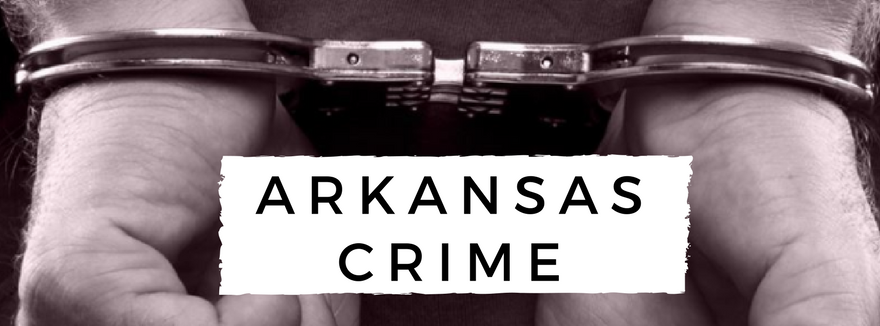LITTLE ROCK — An attorney representing a man convicted of two 1997 murders argued before the state Supreme Court on Thursday that the state withheld evidence regarding mishandled DNA tests.
Timothy Lamont Howard was convicted in 1999 of the murders of Brian and Shannon Day and was sentenced to death.
He also was sentenced to 30 years in prison for attempted murder of the Days’ 7-month old son, Trevor, who was found alive in a duffel bag with a cord around his neck.
Howard was convicted, at least in part, on the basis of DNA analysis collected from a pair of boots similar in size and type to the ones he wore. The boots were found 2 1/2 miles from Brian Day’s body, with Day’s blood on one of them and a hair compatible with Howard’s DNA.
Brian Day’s body was found in the back of a U-Haul truck parked on the Howard family farm at Ogden on December 13, 1997. He had been beaten and shot in the head with a .38-caliber bullet. Shannon Day’s body, her hands handcuffed behind her back, was found in a bedroom closet at the Days’ home. There were ligature marks on her neck.
Howard was friends with the Days for years, and all three were involved in using and dealing drugs, according to a brief filed with the court by his attorney.
At the trial, an expert from the North Carolina lab that did the analysis testified that the mitochondrial DNA from the hair matched Howard’s and would exclude 99.8 percent of the population.
Though she did not mention it during her testimony, notes the she took during the analysis indicate that the tests had to be performed several times because of errors and possible contamination.
Scott Braden, Howard’s attorney, asked the Supreme Court either to order a new trial or to let the circuit court consider whether the new information illuminates errors so fundamental that a new trial is warranted.
He argued Thursday that there’s “no doubt” that the information would have been helpful to Howard and that the state had a legal obligation to disclose it. But Braden said in a brief that the notes were not among the files turned over to the defense during discovery and Howard did not receive the file until 2007.
Lauren Heil, an assistant attorney general, argued Thursday that the questions about the DNA evidence would not have changed the outcome of the case.
“The link to the boots made by the DNA evidence also was made by the victim’s blood, the microscopic similarity between Howard’s and pubic hairs found in the boots, witnesses’ testimony about the same boots, and, most of all, Howard’s ‘frame up’ defense acknowledging that the boots belonged to him,” the state wrote in its brief.
The Supreme Court ruled in 2002 that the physical and circumstantial evidence presented by the state was sufficient to support the convictions, with three of the seven justices dissenting.
Justice Donald Corbin recused himself from Thursday’s case. His wife, Dorcy Corbin, has represented Howard in past appeals as a public defender. Little Rock attorney Ronald Hope took his place on the bench Thursday.
At the Supreme Court, the case is Timothy Lamont Howard v. State of Arkansas.
Arkansas, Pages 11 on 03/30/2012
